I slid my envelope across the counter to the postal clerk that I had the pleasure of interacting with at the Salmon, Idaho post office. “First Class, Kathy.†She was a former ranch neighbor of ours from Tendoy, Idaho, where Alderspring started 24 years ago, when we purchased our first ranch from Ron and Fran Alder.
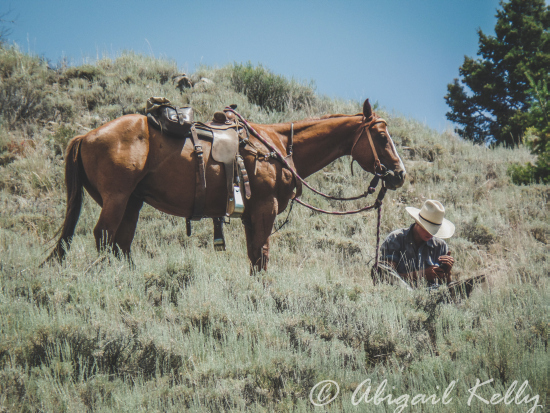
“How’ve you been doing?†she asked as she weighed and calculated.
“We’ve been good. Looking forward to bringing our cattle off the range. I bet you’re looking forward to retirement. Aren’t you done soon?â€
“Sure am. I’m counting the days.†She smiled as she took my cash from the counter and made change.
I looked behind me to see if there was another customer waiting. There wasn’t; not uncommon for Salmon, Idaho. “I drove past the old Tendoy Ranch this week. There’s a fence, now falling down along the county road that I remember Ron Alder building when I first met him. He was swinging a 3 pound axe with one hand, pounding spikes the size of railroad iron with the flat end of the singlebit axehead. He couldn’t miss…with one hand. I’ve never seen anyone else do that.â€
She sorted mail as we talked. “He was a hand alright. But he above all was a horseman.†Kathy smiled at the memory. Her dad and Ron had been close friends. She stopped what she was doing and looked me right in the eye. “Ron Alder saved my life, you know.â€
**********************
It was the fourth of July, 1969 in Leadore, Idaho. It was the last town in the Lemhi Valley where the upper reaches finally gave way to the timbered and 10,000 foot rocky peaks that bordered the high Lemhi. Leadore was and still is somewhat of a frontier town. The weathered sign along highway 28 says that the population is 74.
The town had been through boom and bust countless times as mining, timber and ranching economies rose and crashed. As a result, few buildings in the town showed the polish of success; most were a little rough. It was common to see weathered and time worn log buildings 100 years old with a plywood addition attached to them.
In 1969, ranching was really the only thing going on in Leadore, and the town celebrated it in the 4th of July rodeo. Cowboys leaked out of the brush and woodwork from remote ranches all up and down the Lemhi, and the rodeo grounds parking lot was choked with stock trucks and trailers bearing saddled horses ready for the community event.
In just 16 days, Neil Armstrong and Buzz Aldrin would walk on the moon on July 20, 1969. In contrast, little had changed in Leadore’s Fourth of July celebrations for over 100 years. The only difference that technology had brought was the advent of rubber wheels propelled by internal combustion engines that enabled folks to come to the event without spending the night in town after riding in on horseback on July 3.
It wasn’t that Leadore didn’t embrace the technology of air and space; after all, they did construct a dirt airstrip to allow airplanes to land on the outskirts of town. However, the horse and leather culture that pervaded the high valley had figured out an alternative use for the airstrip. As with everything else in Leadore, it involved horses.​​​​​​​

It was the only surface smooth enough to have saddle horse races and one of the highlights of the 4th of July celebration was the race. If folks had range horses that could really run, they’d enter them.
All they needed to do was find a kid to jockey, so families would put young teenagers on board to save on weight and be competitive. After all, these were ranch kids, and many had been on horseback before they could walk. And they could ride; as I’ve heard several neighbor ranchers say even today, their kids could “ride anything with hair on it.â€
The strip was about a half mile long of grassy gravel and dirt. Then, it ended in native sagebrush. The rules were simple: dig heels in, lean forward and go wide open, and whoever reached the end of the strip first won.
Kathy was 14, and though she didn’t know it at the time, she was about to be crowned rodeo queen later that day. Because her dad cowboyed for several ranches, she didn’t know the horse that he produced at the airstrip. He introduced her to a tall, leggy and rawboned thoroughbred named Winner, and asked her if she’d be willing to jockey for him. She was light enough, even to win, he thought.
Although she had never been on him, she threw her saddle on the tall chestnut and climbed aboard and trotted over to the starting line. The big horse was hot, and obviously had a lot of run in him. She queued up to the starting line with 10 other riders; most were kids. Next to her was Dean Shiner, the oldest Shiner son at 15 years of age. Dean was a teenage firebrand and was practically born on a horse, as was Kathy. He could be tough to beat.
After a few moments of positioning, a cowboy drew a pistol, pointed it skyward along the margin and fired. They were off at full gallop on the open straightaway of the airstrip. As most of the group clustered together in the lead, Dean reached over at Kathy and started to smack her as they tore along. She wasted no time in surprise and commenced to whacking him right back. Within seconds, the horses and riders pounded across the finish line.
“I don’t even remember if we won. I don’t know who won. All I could think of was that Dean Shiner whacking me as we rode. But then, a new problem came up that made me forget all about Dean. Winner wouldn’t stop.†The tall thoroughbred was just getting started, and was still going wide open as the rest of the riders peeled off where strip ended and the rocky sagebrush started. Kathy tried pulling him to the side or slowing him down…to no avail. He was in the groove, and would not yield to her strongest urging, pulling on the reins. “I’d been on runaways before, but there was no hope with this guy. He just stretched out, chomped down on that bit, and ran.â€
It was unbroken sagebrush for miles, but it was a 5 wire barbed wire fence that was coming fast that got Kathy’s attention. “I saw that fence, and knew that I was dead. We were going over it or through it. Or maybe he would put on the brakes and I would keep flying right smack into it.†Steel wire and flesh don’t blend well, especially at 40 mph. As Kathy told me about this, I recalled a herd of Shiner horses on the ranch next to ours that were run by wolves or dogs into a wire fence at night. I found them the next day, with huge flaps of raw meat flesh hanging from them like shingles peeled off a roof in a tornado. It took months for them to heal up.
Just as Kathy began to lose all hope and fixated on the onrushing barbed wire, she saw a hand slip in from her periphery and tighten around Winner’s leather cheek strap. She looked over at the galloping mount aside her, and recognized it was Ron Alder. He pulled her and horse around in a big arc along the barbed wire, and eventually, the duo slowed down. As they got back to the finish line and finally came to rest on blowing, lathered and heaving horses, Fourteen year-old Kathy looked over at Ron.
“Thank you.†She swung out of the saddle as Ron held on. “How did you know?â€
“I just could tell that horse wasn’t gonna stop when you first got on him, so I lit out for the end of strip before the gun went off. I was ready for ya.â€
He could just tell. Years of life on horseback made Ron one who understood the working of their minds better than they could.
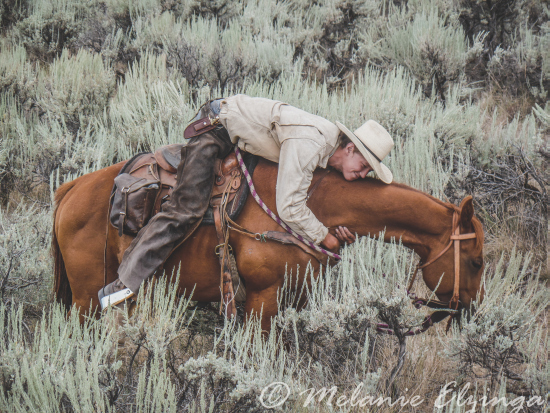
I recalled one day Ron and I picked up Lloyd Clark, another old cowboy in Leadore for a ride to Montana to check out some draft horses for Alderspring. The two septuagenarian cowpokes talked the whole way up about acquaintances they had made over the years—clear back to the 1930s. The spoke of top hands they’d worked with, but curiously, they talked equally about horses they had both known over the years. These old boys had part horse blood running through their veins, it seemed, because they so understood them; they were a part of them. These guys were giants in my mind even though they weren’t astronauts or generals.
There’s been many others I’ve interacted with over the years; you’ve heard about many of them on these pages. They were Ron Alder, Lloyd Clark, Ed Corbett, and Rex Tolman, and several others I’ve known to a lesser degree. They were stockmen who understood not only cows and horses, but the land underneath them. All of them are gone now; they’ve become dust and dirt themselves and have turned back into the ground they loved, nurtured, understood, and husbanded.
They didn’t know the scientific names of the plants and animals; they had their own names for them, and they understood them because they lived with them in endless days and nights. They each rode hundreds of thousands of miles on the backs of saddlehorses, and convinced many a horse that didn’t want to be ridden to be an unfailing partner in a life on the range. They are gone, but they provided for me and Alderspring a shortcut to knowledge that is an unfair advantage.
It’s hard to learn a love and relationship for the land in animals in schools, books and magazines (or even websites). It’s more of a heritage thing; something that gets passed down osmotically from generation to generation. My only wish is that I had more time before their generation passed away.
As we reflect on this Thanksgiving on things I am thankful for, it is that legacy that these cowboy mentors have passed on to me that comes to mind. It’s actually a significant part of our beef, and the flavor it brings when you serve it at your table. Sure, there is science that gets that flavor to you, but I tend to think that most of what you enjoy and thrive on with our beef is art in the legacy of husbandry that these old boys have passed down to us. Twenty three years in the business helps, but if we add up the experience of these mentors, raise that number to more like Two Hundred and Twenty Three.
Alderspring Ranch: 223 years of raising beef on wild landscapes. I like it. I hope you do too.
Thanks to all of you, our partners, for making it possible. Happy Thanksgiving to you all. Enjoy the people around you, and see if any of the older folks have stories to tell. I wish I would have listened to more of them.
Glenn, Caryl and Girls at Alderspring Ranch

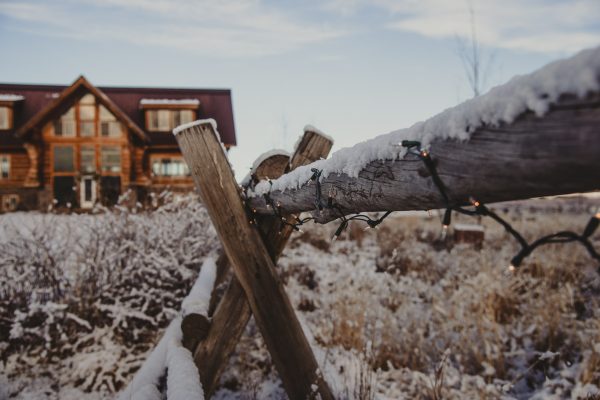
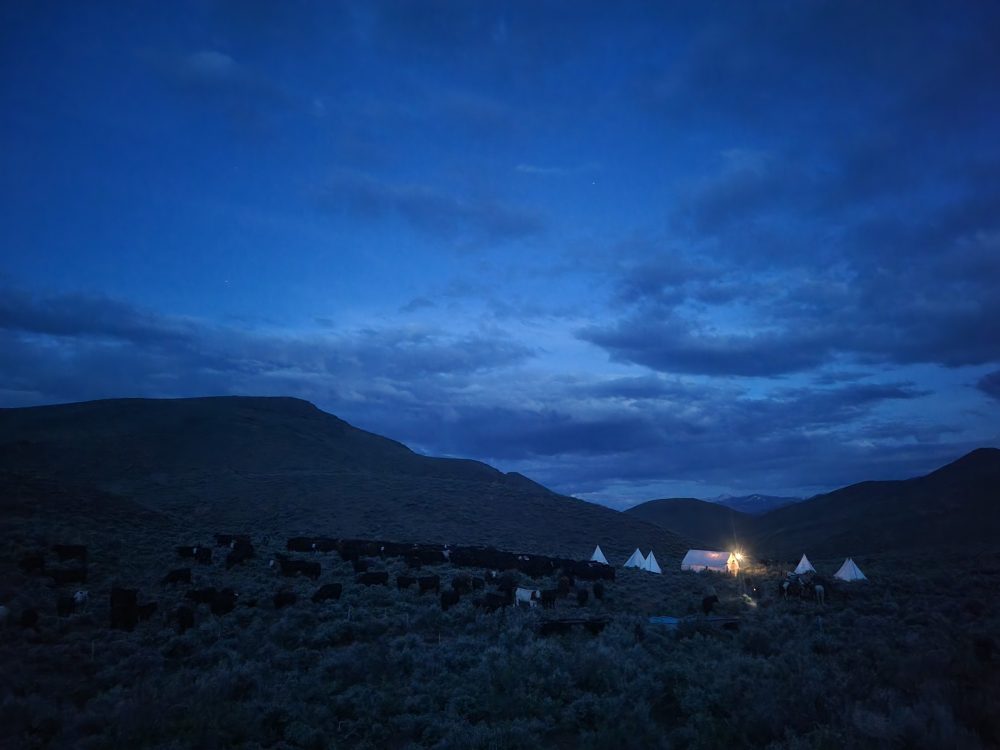
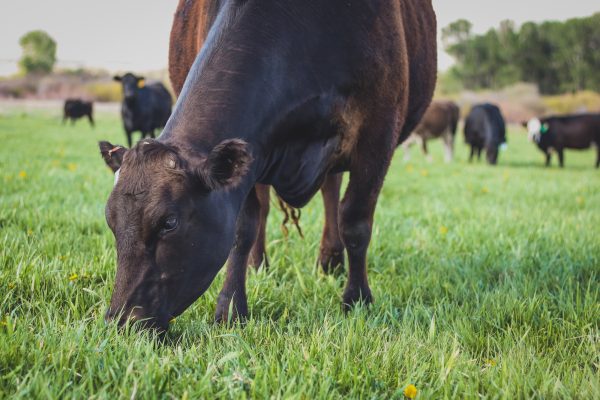
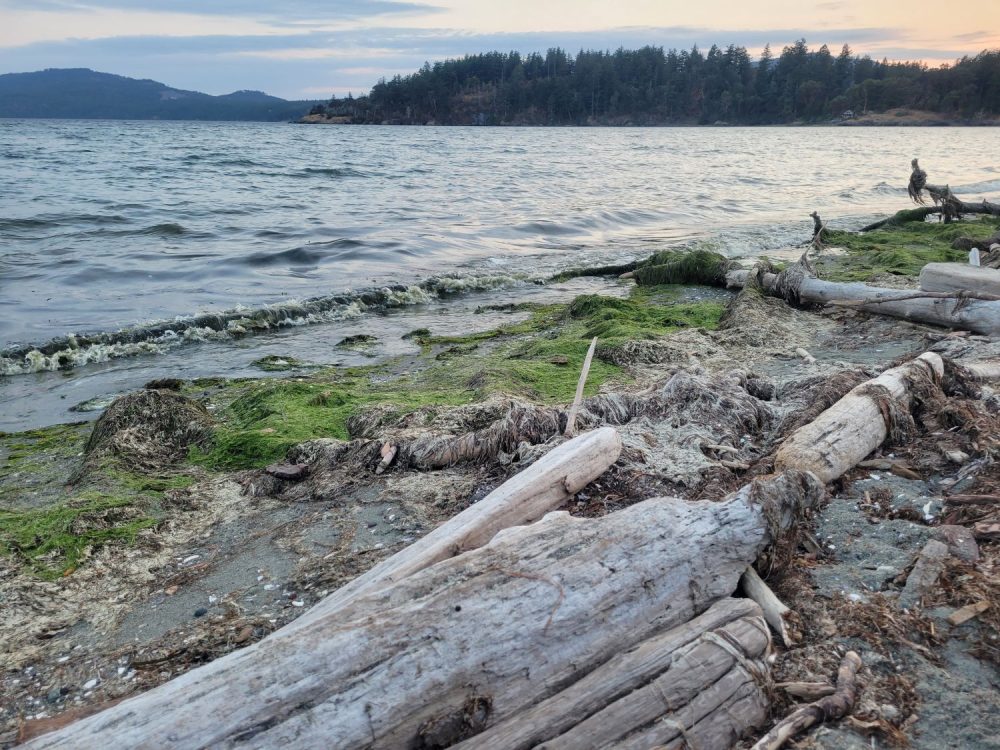
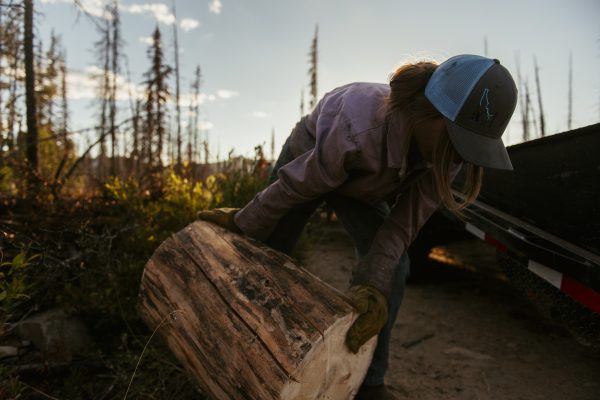

Leave a Reply